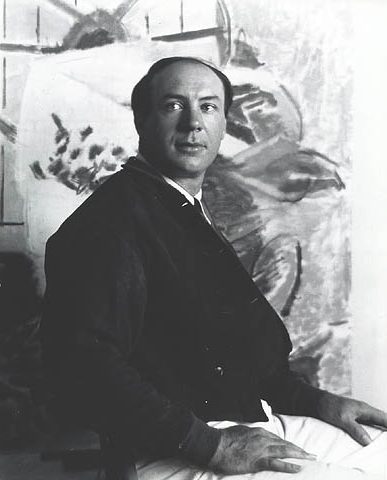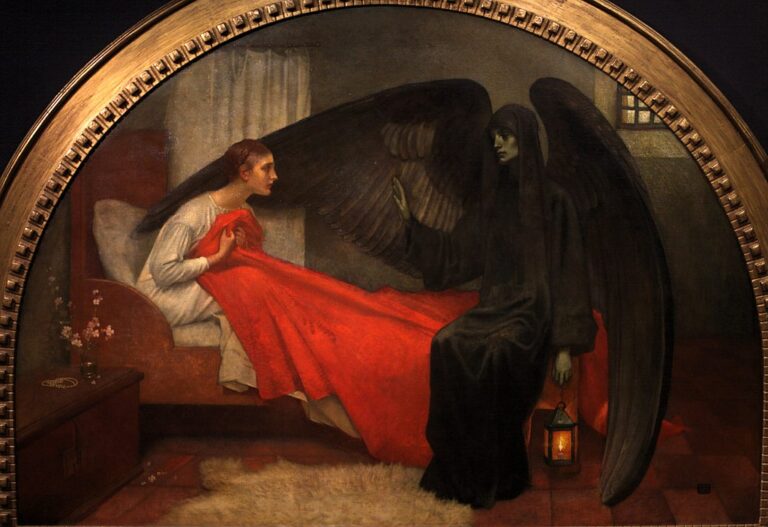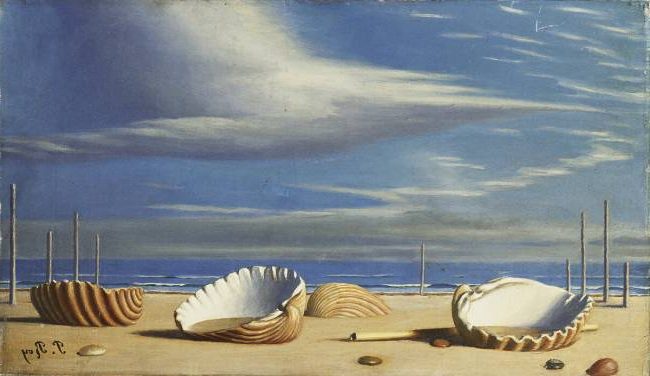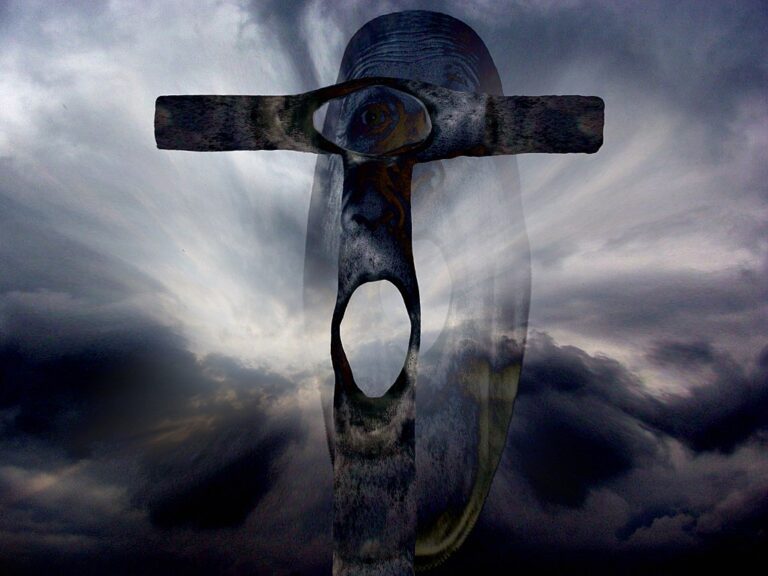Karl Knaths Painter: Modernist Master of Color and Form
Born: October 21, 1891, Eau Claire, Wisconsin, US
Death: March 9, 1971, Massachusetts, US
Art Movement: Cubism, Abstract art
Nationality: American
Influenced By: Paul Cézanne
Institution: School of the Art Institute of Chicago
Karl Knaths Painter: Modernist Master of Color and Form
Life and Career of Karl Knaths
Karl Knaths was an American painter known for his unique take on Cubism. His life and work spanned much of the 20th century, leaving a lasting impact on modern art.
Early Years and Education
Karl Knaths was born on October 21, 1891, in Eau Claire, Wisconsin. After his father’s death, young Karl worked as a baker’s apprentice to support his family. This early hardship shaped his strong work ethic.

Play of Planes (1945) by Karl Knaths
Knaths moved to Chicago to study art. He attended the School of the Art Institute of Chicago, where he learned traditional painting techniques. This formal training provided a solid foundation for his later experimental work.
Influence and Development
Knaths’ style evolved significantly over time. He was deeply influenced by European modernists, especially the Cubists. Paul Cézanne’s approach to form and color left a lasting mark on Knaths’ work.
In 1919, Knaths settled in Provincetown, Massachusetts. This artistic community sparked his creativity. He began to develop his signature style, blending Cubist ideas with recognizable subjects.
Knaths also taught at several prestigious institutions. These included Bennington College and the Skowhegan School of Painting. His teaching helped spread his artistic ideas to new generations.
Prominent Works and Exhibitions
Knaths gained recognition in the 1930s. His first solo show was at the Paul Rosenberg Gallery in New York. This exhibition launched his career as a professional artist.
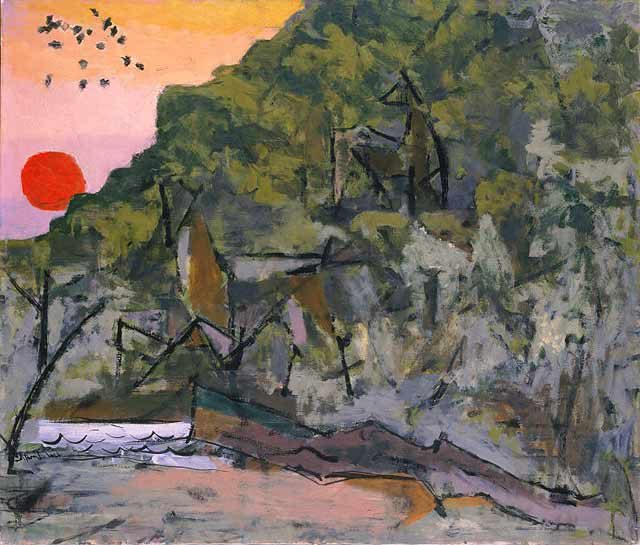
Deer in Sunset (1946) by Karl Knaths
Key works by Knaths include:
- “Fish House” (1928)
- “White Lilacs” (1953)
- “Deer Season” (1937)
These paintings showcase his unique blend of abstraction and realism.
Major museums collected Knaths’ work. The Metropolitan Museum of Art and the Phillips Collection both hold his paintings. This widespread recognition cemented his place in American art history.
Artistic Style and Techniques
Karl Knaths developed a unique painting style that blended Cubism with vibrant color theory. His work transformed landscapes into abstract forms while keeping subjects recognizable.
Knaths’s Integration of Cubism and Color Theory
Knaths took Cubist ideas and made them his own. He used strong lines and flat shapes to break up his paintings. But he didn’t just copy European artists. Knaths added bright colors that made his work stand out.
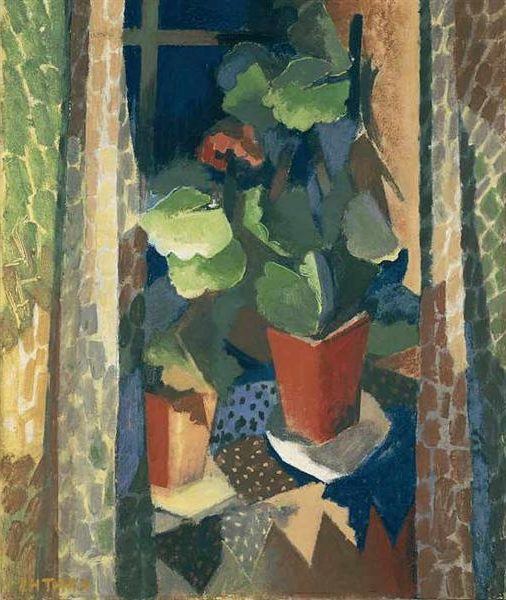
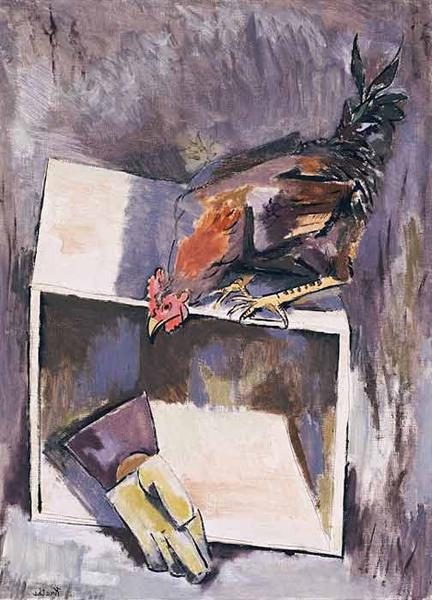
He studied color theory carefully. This helped him choose bold color combinations. Knaths often put warm and cool colors next to each other. This made his paintings feel lively and eye-catching.
His style mixed abstract forms with real subjects. A painting might show a boat or a house, but in a very simplified way. Knaths used basic shapes and colors to suggest these objects rather than paint them realistically.
The Evolution of Abstract Landscapes
Knaths loved to paint landscapes, especially around Cape Cod. Over time, his landscapes became more abstract. He started with natural scenes and slowly changed them into patterns of shapes and colors.
In his later work, you might see a few curved lines that suggest hills. Or a rectangle that hints at a building. But the focus was on the overall design, not on showing exactly what things looked like.
Knaths kept experimenting with this style for many years. He found new ways to show depth and space using flat shapes and colors. His paintings became like puzzles, inviting viewers to find hidden objects within the abstract forms.
Significance in American Modernism
Knaths played a big role in American modern art. He helped bring Cubist ideas to the U.S. and make them new. His work showed other artists how to mix European styles with American subjects.
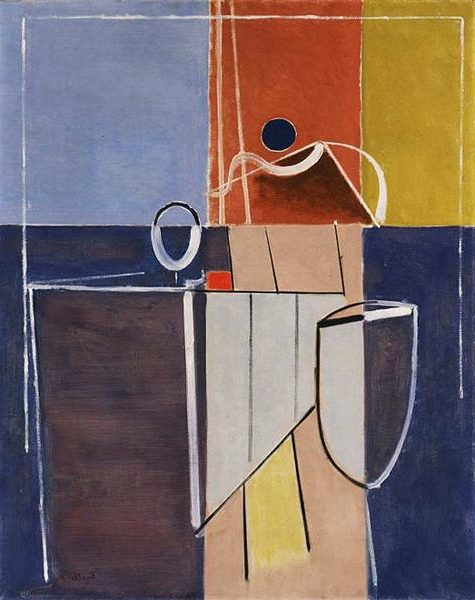
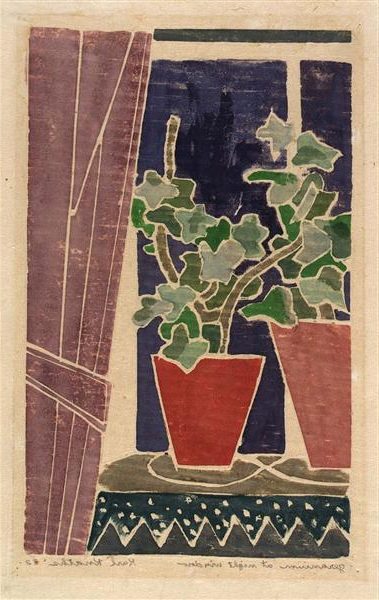
Many painters were inspired by Knaths’s bold use of color and shape. He proved that abstract art could still connect to real places and things. This idea was important as American art moved toward Abstract Expressionism.
Knaths’s paintings are in many top museums. They show how American artists took ideas from Europe and made them their own. His work helps us see the link between early modern art and later abstract styles in the U.S.
Professional and Educational Impact
Karl Knaths made significant contributions as an educator and artist. He influenced students, collaborated with other creators, and received recognition for his work.
Roles as an Educator and Influence on Students
Knaths taught at several institutions during his career. He served as an instructor at the Dudley Crafts Watson School in Chicago. Later, he taught at Black Mountain College in North Carolina in 1944. Knaths also worked as a teacher at the Skowhegan School of Painting and Sculpture in Maine in 1948.
His teaching style focused on helping students develop their own artistic voices. Knaths encouraged experimentation with color and form. He shared his knowledge of Cubism and modernist techniques with his pupils.
Many of Knaths’ students went on to have successful careers in art. His classes inspired a new generation of American painters.
Artistic Collaborations and Community Involvement
Knaths was an active member of the Provincetown art community. He worked closely with the Provincetown Printers group. This collaboration helped spread new printmaking techniques.
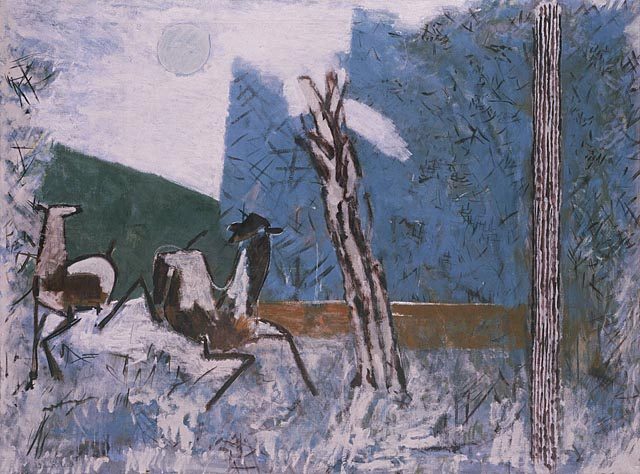
Frightened Deer in Moonlight (1932) by Karl Knaths
He designed theater sets for local productions. This work allowed him to apply his artistic skills in new ways. Knaths’ set designs brought his unique style to the stage.
In Provincetown, Knaths often painted alongside fellow artists Stuart Davis and Agnes Weinrich. These friendships influenced his work and led to creative exchanges.
Awards and Recognitions
Knaths received many honors for his contributions to American art. In 1951, the Art Institute of Chicago gave him an Honorary Doctor of Fine Arts degree. This award recognized his impact on modern painting.
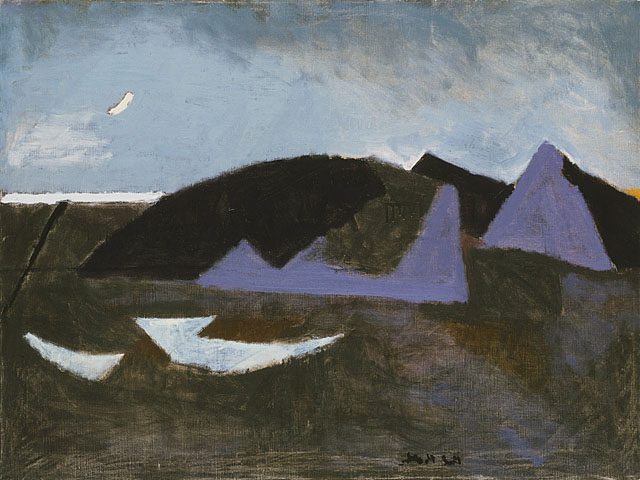
The Moors (1947) by Karl Knaths
His work was chosen for important exhibitions. Knaths’ paintings were part of the “Four American Traveling Exhibitions” in 1944. This show brought American art to audiences across the country.
The Whitney Museum of American Art and other major institutions collected Knaths’ work. His paintings continue to be valued at auctions today. This lasting interest shows the enduring quality of his artistic vision.
Frequently Asked Questions
Karl Knaths was an influential American artist known for his unique approach to Cubism. His work can be found in major museums and had a significant impact on modern art in the United States.
What notable styles or movements is Karl Knaths known for in the art world?
Karl Knaths is best known for his personal take on Cubism. He created abstract paintings that still had recognizable subjects. Knaths blended Cubist ideas with influences from other artists and styles.
His work showed elements of Paul Cézanne, Wassily Kandinsky, and Paul Klee’s art. He also drew inspiration from Japanese prints by Utagawa Kuniyoshi.
Which museums house significant collections of Karl Knaths’ work?
The Museum of Modern Art (MoMA) in New York has works by Karl Knaths in its collection. The Smithsonian American Art Museum also holds pieces by the artist.
The Phillips Collection in Washington, D.C. owns many of Knaths’ paintings. Over the years, Duncan Phillips bought several of his works and invited him to give talks at the museum.
How did Karl Knaths influence the development of American modern art?
Knaths helped bring Cubist ideas to American art. He was one of the early modernists in the United States. His unique style mixed abstract forms with real subjects.
This approach showed other artists how to blend European avant-garde styles with American themes. Knaths’ work bridged the gap between abstract art and more traditional painting.
Can you describe the evolution of Karl Knaths’ painting techniques throughout his career?
Knaths started his art education at the Art Institute of Chicago in 1912. He first saw modern art at the Armory Show in 1913, which sparked his interest in new styles.
After this, he began to mix elements of Cubism and other modern movements into his work. Over time, he developed his own style that kept some realistic elements while using abstract forms.
What are some of Karl Knaths’ most acclaimed pieces?
While specific paintings aren’t mentioned in the search results, Knaths’ work often featured identifiable subjects within abstract compositions. His art was well-regarded by collectors and museums.
Duncan Phillips, founder of the Phillips Collection, bought many of Knaths’ paintings over the years. This suggests that these works were highly valued in the art world.
How did Karl Knaths’ work reflect his interpretation of Cubism and other avant-garde movements?
Knaths took Cubist ideas and made them his own. He broke down subjects into geometric shapes but kept them recognizable. This set him apart from more radical Cubist painters.
He also mixed in elements from other artists and styles. His work showed traces of Kandinsky’s abstract forms and Cézanne’s approach to color and structure.


